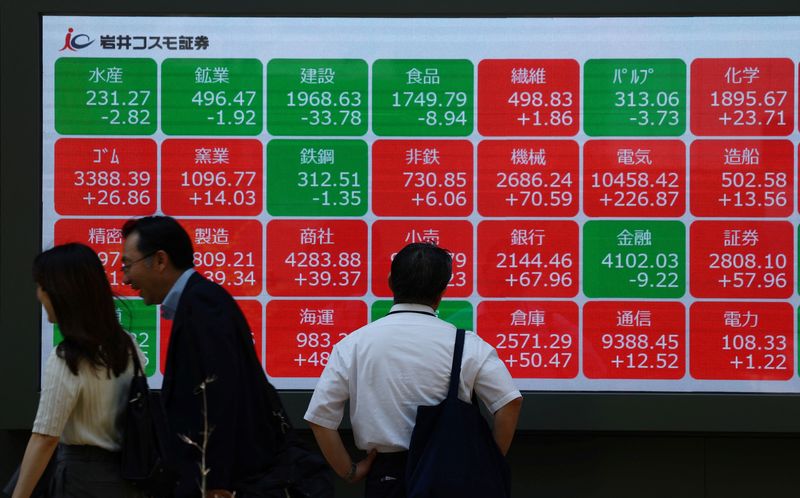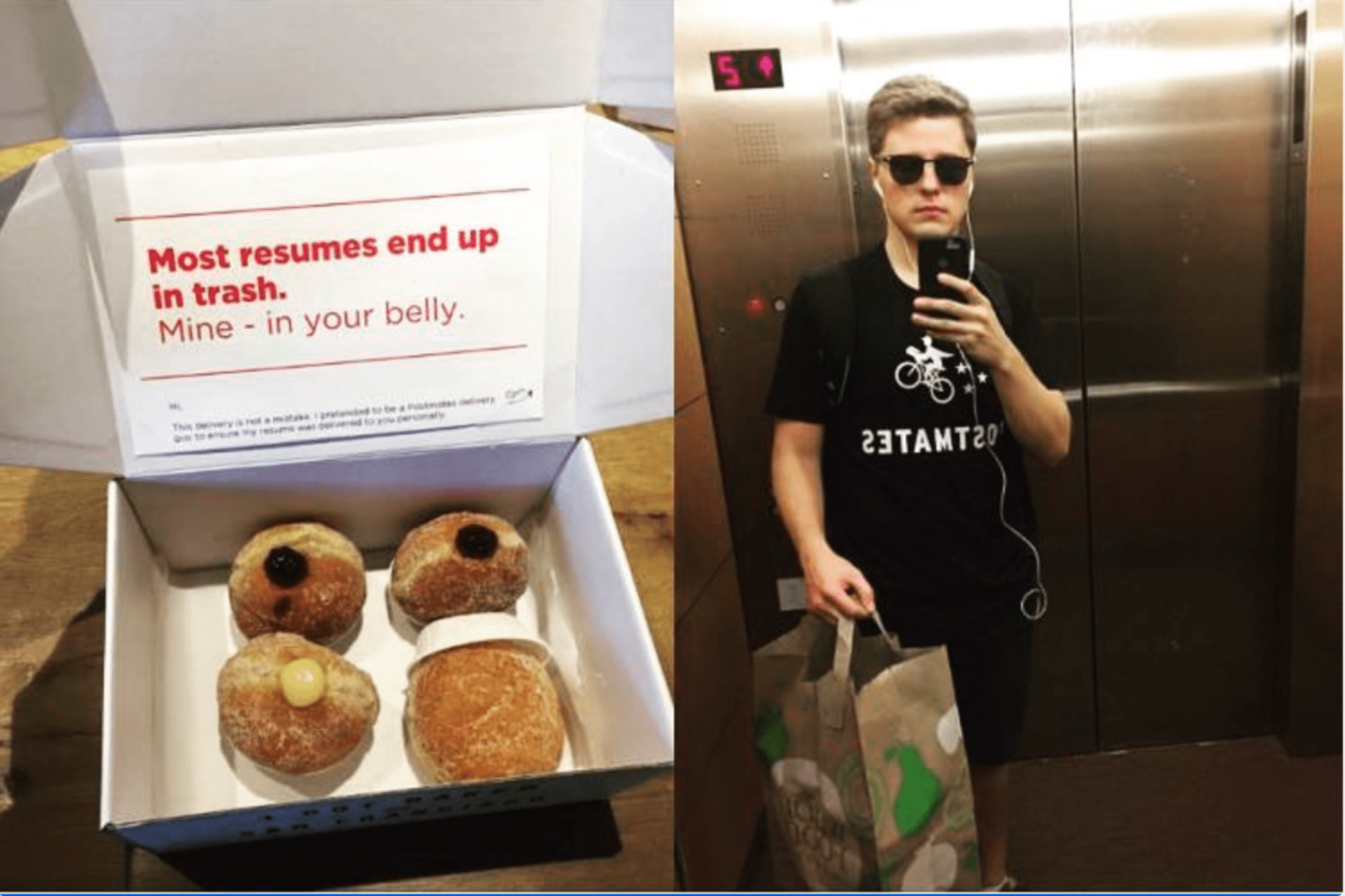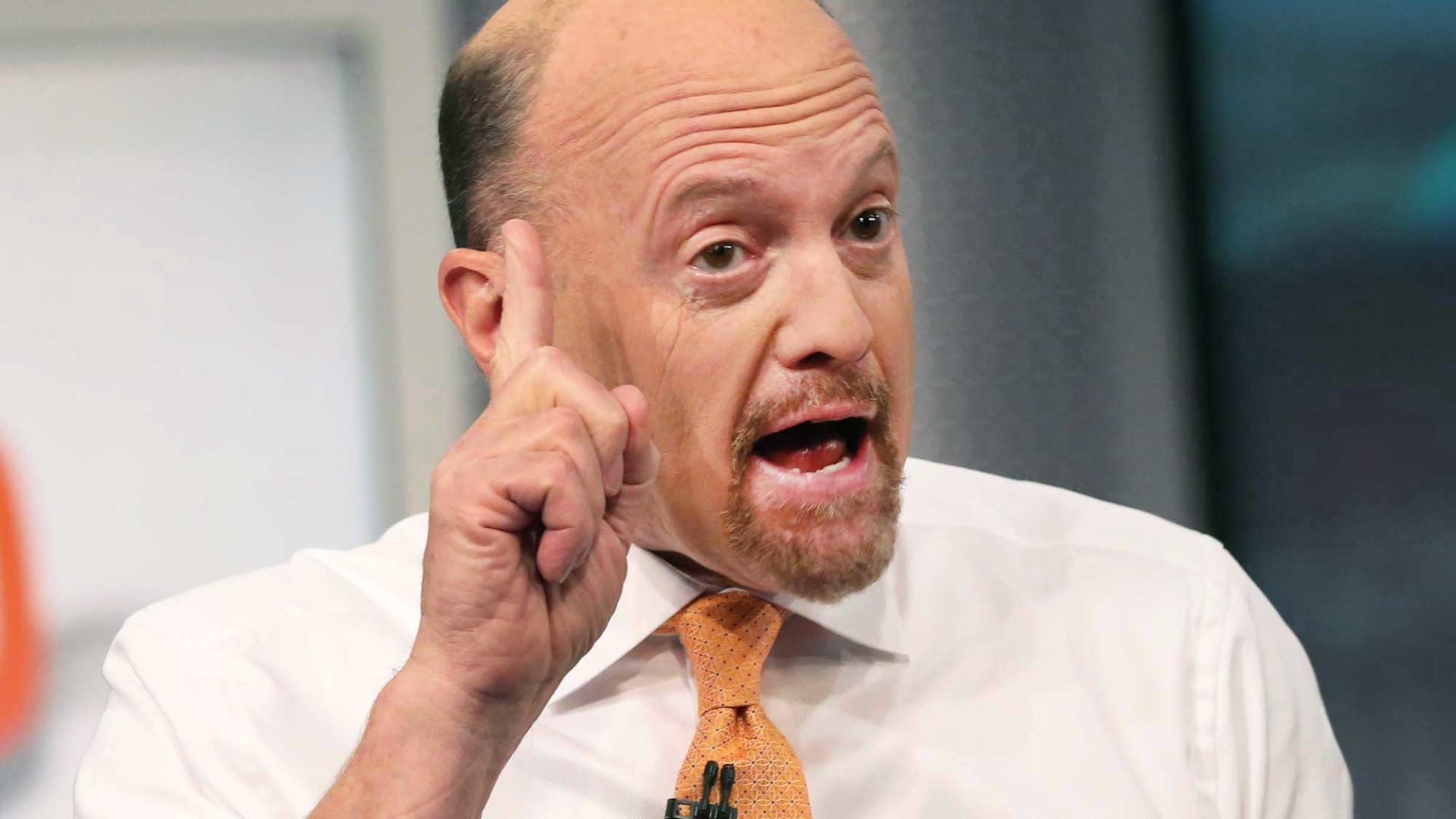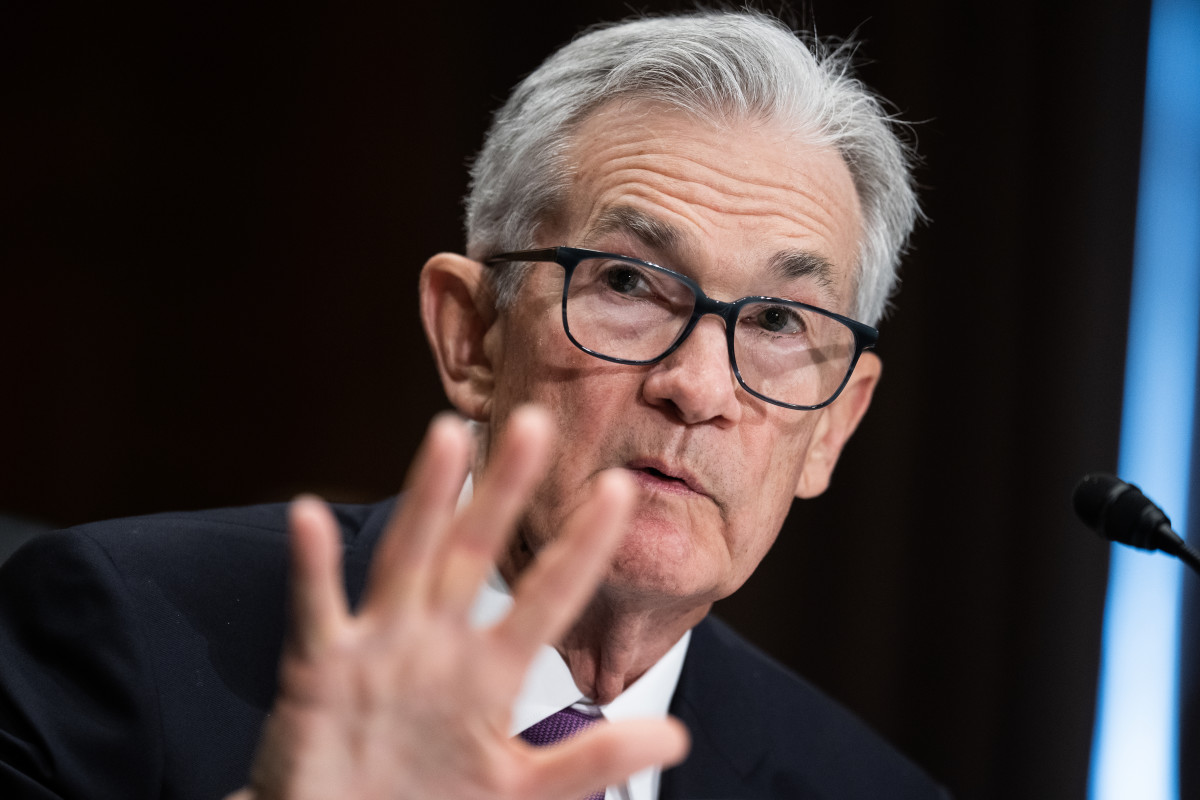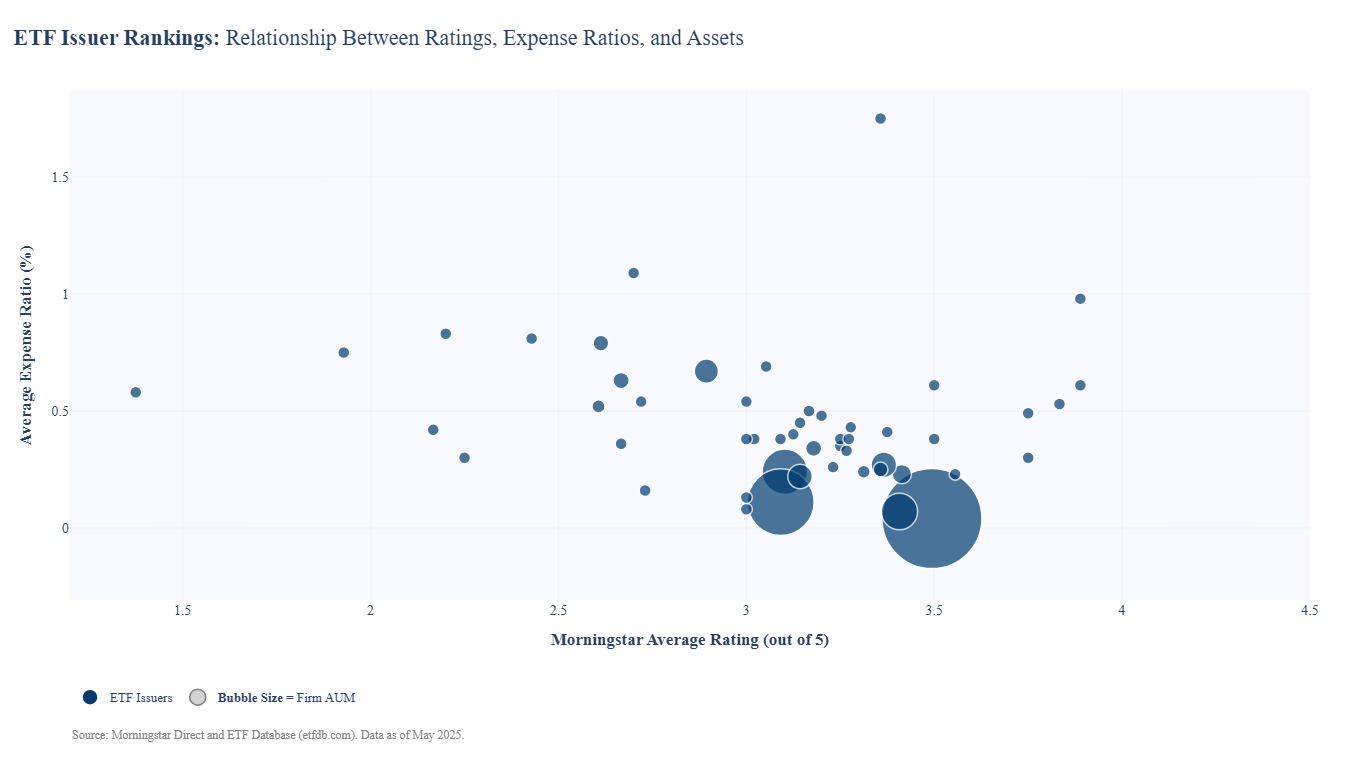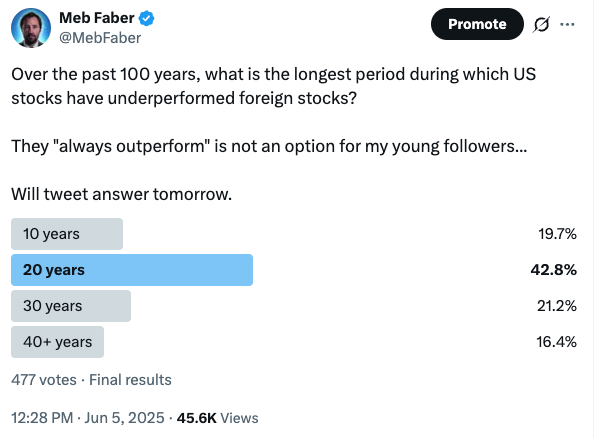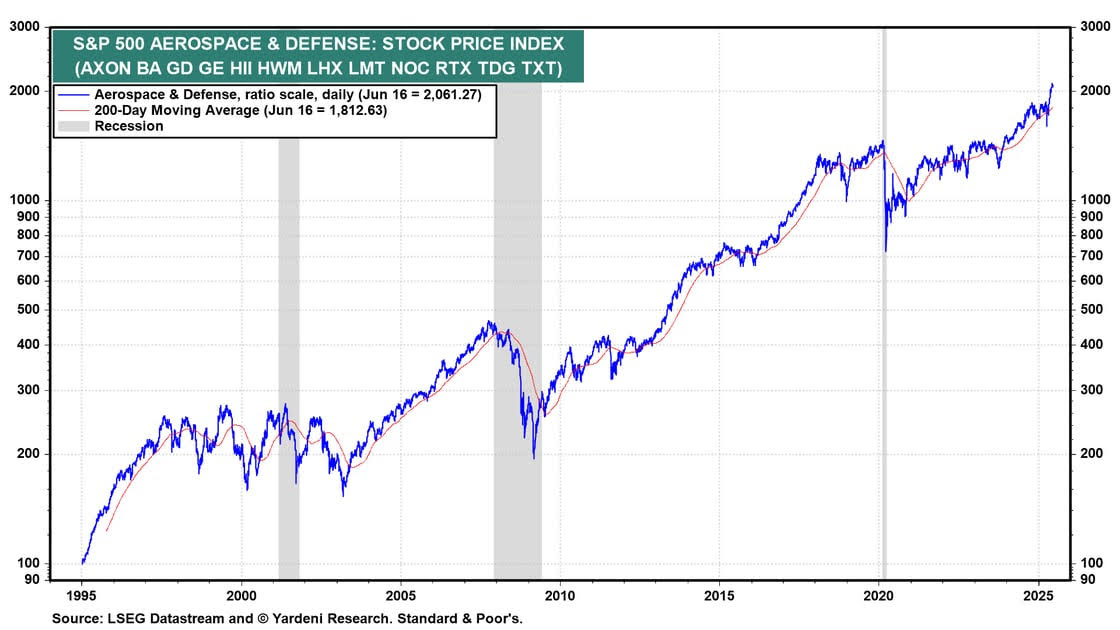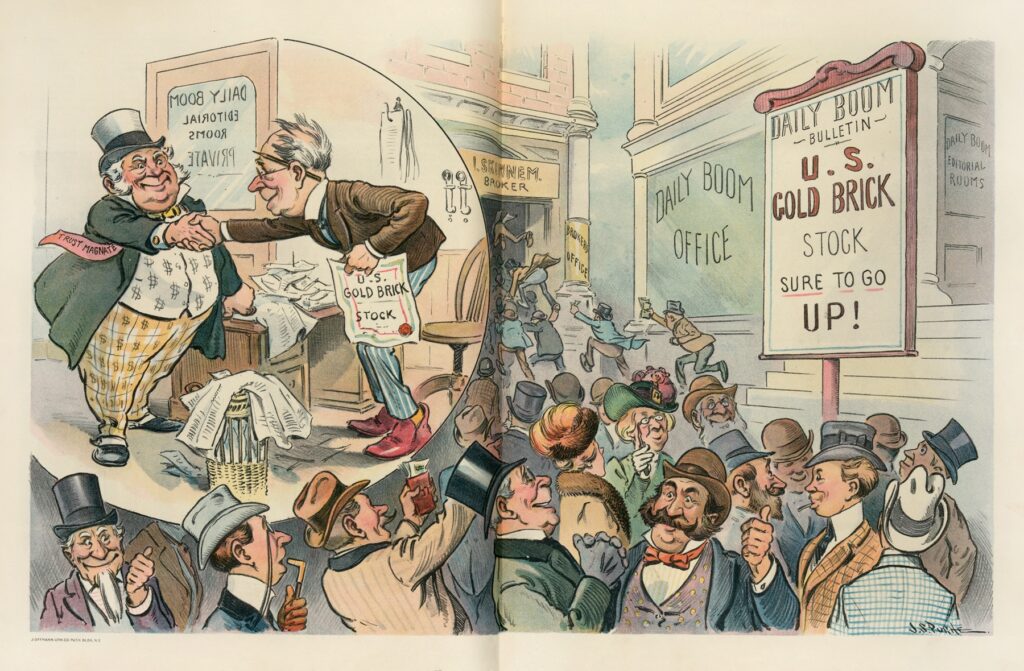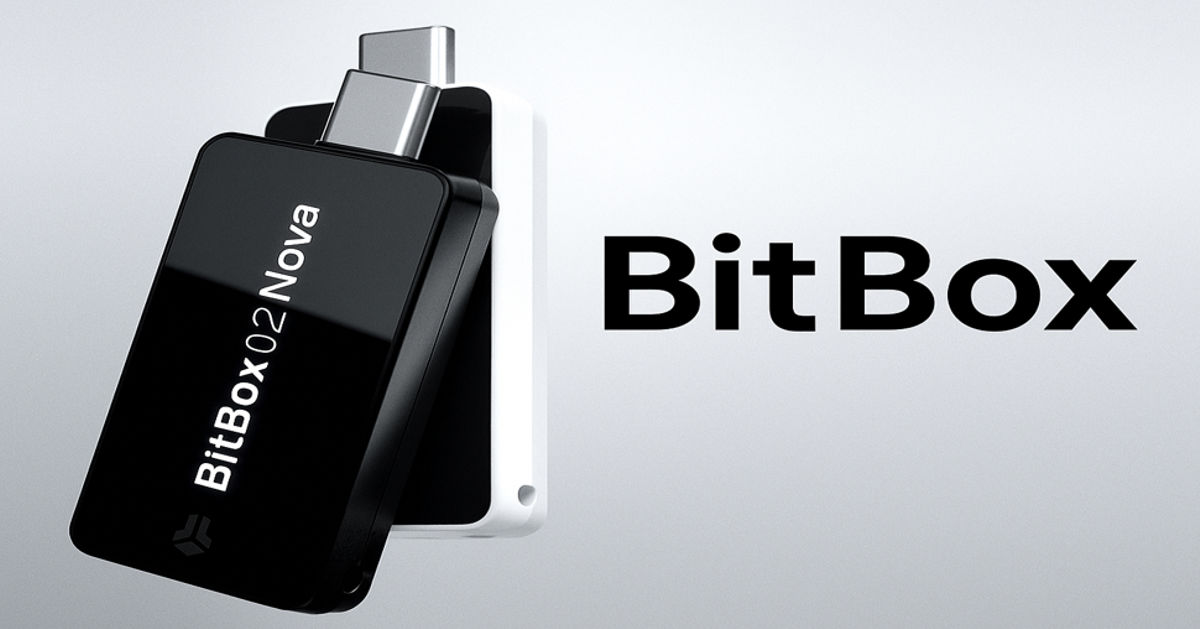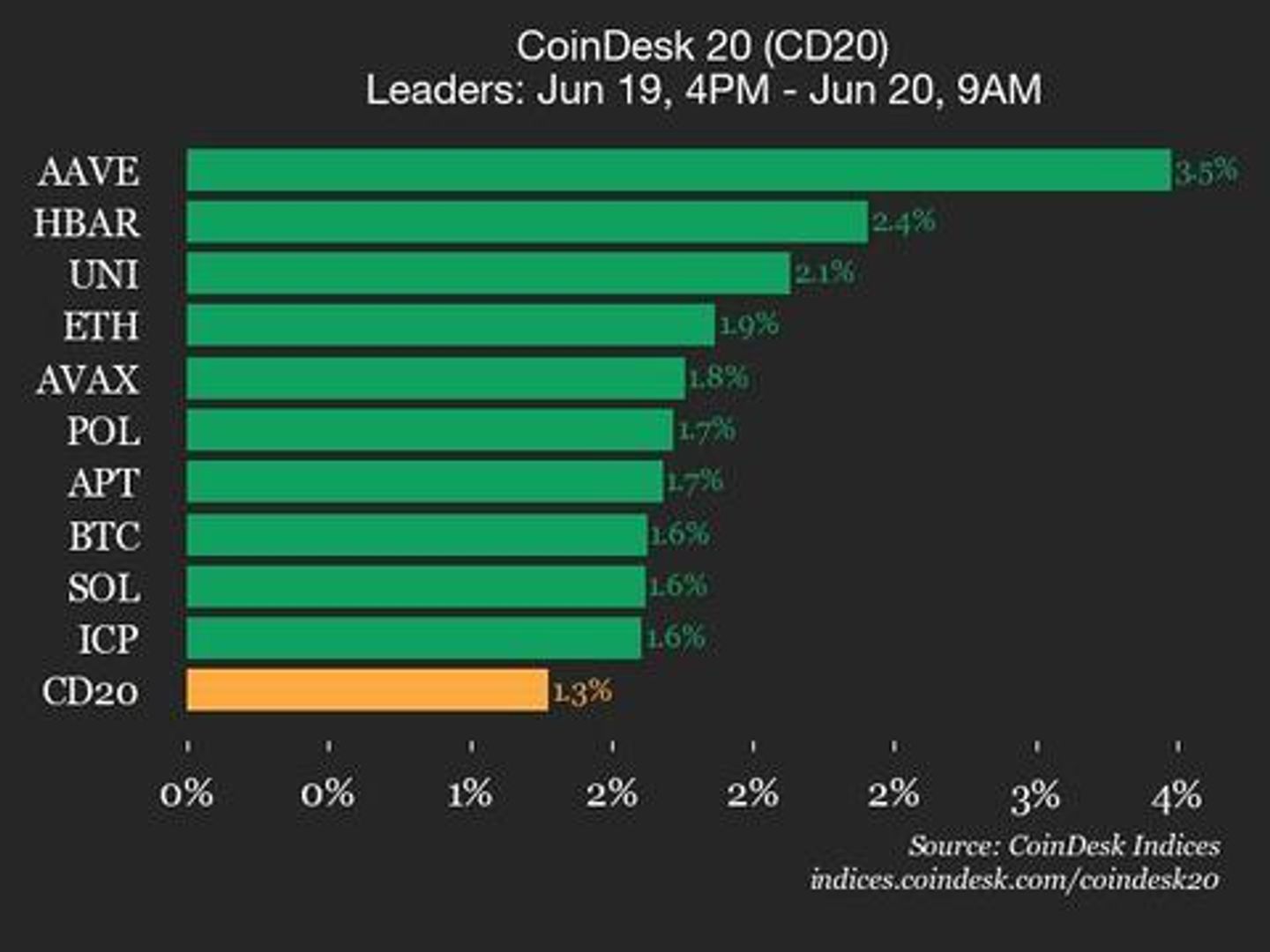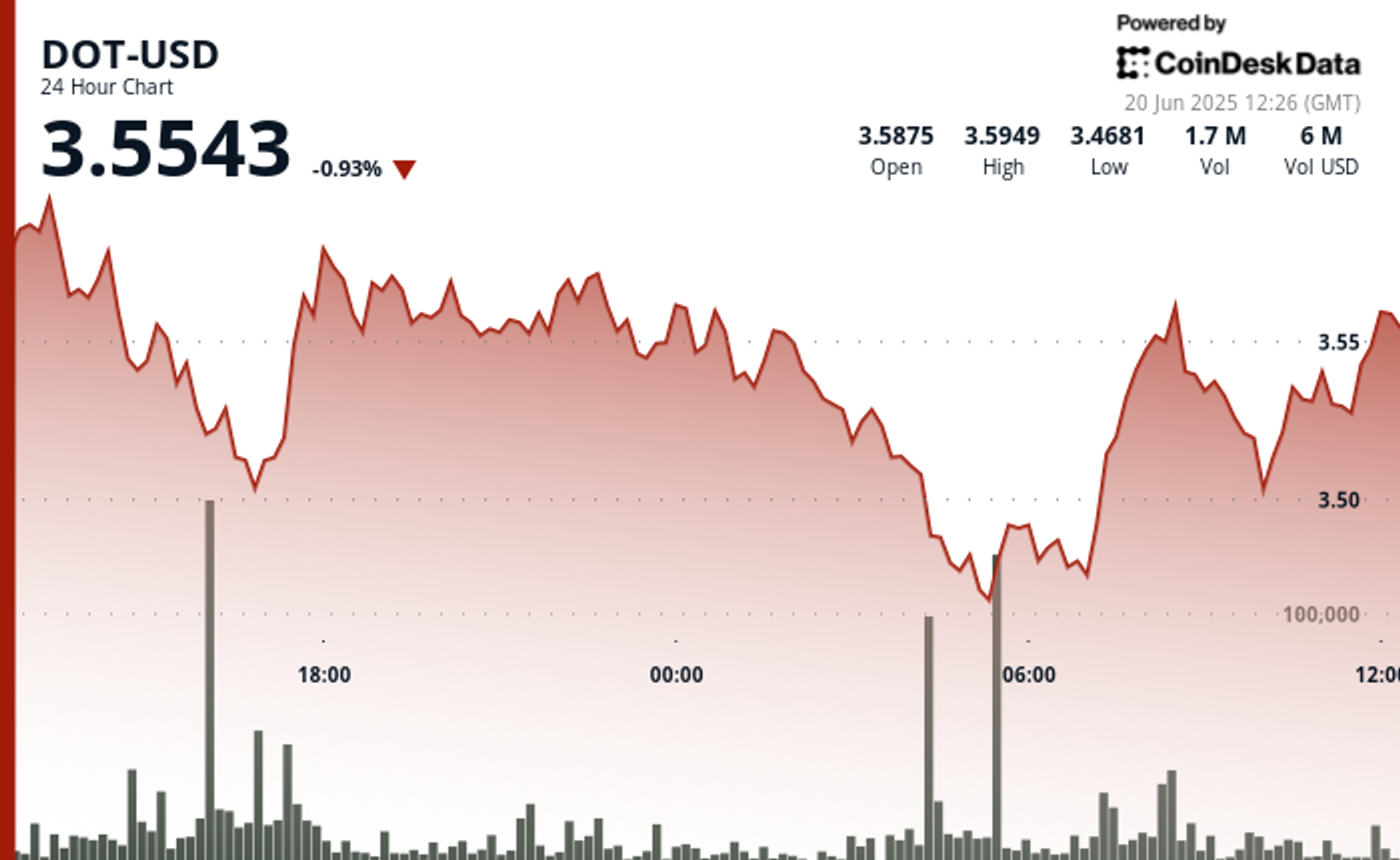The Fed Just Made Its Move — Here’s What It Means For Your Social Security Checks
If you’re someone who follows economic news, some of the most anticipated events of the year may be the Federal Reserve’s policy meetings. The most recent one wrapped up on June 18, during which the Fed was expected to answer a pressing question: Would interest rates go down or stay the same? The Fed […] The post The Fed Just Made Its Move — Here’s What It Means For Your Social Security Checks appeared first on 24/7 Wall St..

Key Points
-
The Fed is holding interest rates steady for now.
-
The Fed’s decision won’t directly impact your Social Security checks.
-
There’s a specific measure you’ll want to look at to see what’s in store for Social Security next year.
-
Are you ahead, or behind on retirement? SmartAsset’s free tool can match you with a financial advisor in minutes to help you answer that today. Each advisor has been carefully vetted, and must act in your best interests. Don’t waste another minute; get started by clicking here.(Sponsor)
If you’re someone who follows economic news, some of the most anticipated events of the year may be the Federal Reserve’s policy meetings. The most recent one wrapped up on June 18, during which the Fed was expected to answer a pressing question: Would interest rates go down or stay the same?
The Fed can do three things with interest rates — raise them, lower them, or hold them steady. Raising interest rates wasn’t on the table for the Fed in June. Lowering them was a possibility, albeit one with low odds.
In the end, the Fed did what most experts expected it to do. It held rates steady, putting its projected rate cuts on pause.
It’s important to know what that means for consumers and Social Security recipients alike. There’s the scoop.
What the Fed’s decision means for consumers
The Fed is not in charge of setting consumer interest rates. The amount of interest you’re charged on an auto loan, for example, is determined by your lender.
Similarly, the amount of interest you pay on your mortgage is based on the loan terms your lender approves. The Fed has no hand in any of those direct decisions.
Rather, it’s the Fed’s job to oversee the federal funds rate, which is what banks charge each other for overnight borrowing. The Fed can raise interest rates in response to rampant inflation and lower rates when inflation cools. These moves can promote a stable, thriving economy by keeping inflation in check.
A modest level of inflation is expected by the Fed each year. It’s when inflation gets out of hand that the Fed feels the need to step in and raise rates.
When the federal funds rate goes up, it tends to indirectly make consumer loans more expensive, which discourages spending and allows inflation to cool. Because the Fed spent much of 2022 and 2023 raising interest rates, it’s expected to start cutting rates to reverse those hikes.
Many consumers are eager for those rate cuts, since they could lead to more affordable borrowing conditions. But since the Fed just decided to keep rates steady, consumers will have to wait longer to see the cost of borrowing come down.
What the Fed’s decision means for Social Security
Although it might seem like the Fed has the power to influence Social Security, it really doesn’t. Social Security benefits are eligible for an annual cost-of-living adjustment, or COLA. COLAs are tied directly to inflation, which the Fed can try to control with its interest rate policies.
But ultimately, the Fed doesn’t determine the pace at which inflation picks up or cools down. The fact that the Fed paused rate cuts indicates that it’s worried about an uptick in inflation later this year. That could lead to a larger Social Security COLA in 2026. But that’s not something the Fed can control.
The one thing to look at if you’re tracking the 2026 Social Security COLA
If you’re eager to know what COLA to expect in 2026, there’s a specific economic index to look at — the Consumer Price Index for Urban Wage Earners and Clerical Workers (CPI-W). When there’s a rise in the CPI-W from one year to the next, Social Security benefits go up.
Social Security COLAs are specifically based on third quarter changes to the CPI-W. For this reason, it’s too soon to know what next year’s COLA will amount to. But if you track that index, you may be able to get some clues in the coming months.
Otherwise, the Social Security Administration announces COLAs in October. You can look out for that announcement to get the official word on how much (or little) your monthly Social Security checks will increase in the new year.
The post The Fed Just Made Its Move — Here’s What It Means For Your Social Security Checks appeared first on 24/7 Wall St..








